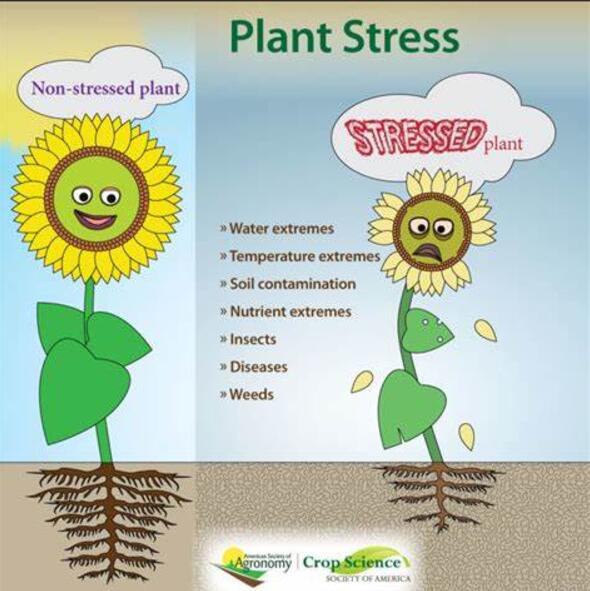Molecular mechanisms underlying tree host-pathogen interactions under drought stress and subsequent rewatering in Eucalyptus grandis
IF 6.8
Q1 PLANT SCIENCES
引用次数: 0
Abstract
Abiotic stresses such as drought change plant-pathogen interactions by affecting both hosts and pathogens. Here, we aimed to unravel the molecular mechanisms underlying forest tree-pathogen interactions under drought stress and subsequent rewatering. We conducted glasshouse experiments involving infection by the stem canker-causing fungal pathogen Chrysoporthe austroafricana under drought stress and rewatering in Eucalyptus grandis and investigated host and pathogen transcriptomic changes using RNA-seq data from our current combined stress experiment as well as previous single stress studies. We found that mild drought stress enhances disease progression while, upon rewatering, pathogen infection delays recovery of leaf stomatal conductance. Transcriptomic changes in the host support increased susceptibility to the pathogen while the in planta fungal transcriptome suggests prioritization of survival in the drought-stressed host. Upon rewatering, changes in the host transcriptome suggest allocation of resources to stress responses at the expense of growth and carbohydrate storage while that of the pathogen indicate downregulation of some fungal metabolic pathways potentially because the pathogen takes advantage of changes in the host. Our study identified key molecular processes and genes that provide mechanistic insights into tree-pathogen interactions under abiotic stresses. This enables prediction of tree resilience under a changing climate and contributes towards future tree health improvement endeavours.
求助全文
约1分钟内获得全文
求助全文
来源期刊

Plant Stress
PLANT SCIENCES-
CiteScore
5.20
自引率
8.00%
发文量
76
审稿时长
63 days
期刊介绍:
The journal Plant Stress deals with plant (or other photoautotrophs, such as algae, cyanobacteria and lichens) responses to abiotic and biotic stress factors that can result in limited growth and productivity. Such responses can be analyzed and described at a physiological, biochemical and molecular level. Experimental approaches/technologies aiming to improve growth and productivity with a potential for downstream validation under stress conditions will also be considered. Both fundamental and applied research manuscripts are welcome, provided that clear mechanistic hypotheses are made and descriptive approaches are avoided. In addition, high-quality review articles will also be considered, provided they follow a critical approach and stimulate thought for future research avenues.
Plant Stress welcomes high-quality manuscripts related (but not limited) to interactions between plants and:
Lack of water (drought) and excess (flooding),
Salinity stress,
Elevated temperature and/or low temperature (chilling and freezing),
Hypoxia and/or anoxia,
Mineral nutrient excess and/or deficiency,
Heavy metals and/or metalloids,
Plant priming (chemical, biological, physiological, nanomaterial, biostimulant) approaches for improved stress protection,
Viral, phytoplasma, bacterial and fungal plant-pathogen interactions.
The journal welcomes basic and applied research articles, as well as review articles and short communications. All submitted manuscripts will be subject to a thorough peer-reviewing process.
 求助内容:
求助内容: 应助结果提醒方式:
应助结果提醒方式:


